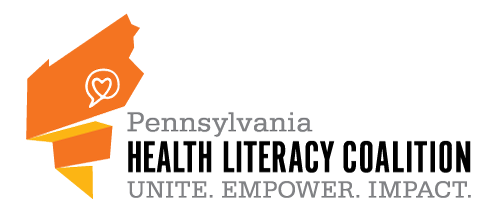As the United States population ages, the health literacy of older adults is of great concern. Only 3% of people 65 and older have proficient health literacy skills; twenty-nine percent (29%) have below basic skills.¹ Several factors related to aging play a role in low health literacy. Physical problems like hearing or vision loss that are more common in older adults make it challenging to read or understand medical instructions. The general loss of cognitive ability that often goes along with aging can create similar challenges. These issues may cause shame and embarrassment that prevent older adults from asking for help. Advances in technology may help address some of these barriers.
There are three key ways technology can help with the health management of older adults:
Communicating with healthcare providers digitally reduces the need for in-person appointments. Additionally, many devices can be adapted for those with physical limitations like hearing or vision loss. The ability to replay or review instructions at a person’s desired pace can significantly increase understanding and compliance.
Given that 80% of adults over age 65 have at least one chronic disease², tracking data related to these conditions can be invaluable. Technology can also assist with common needs like medication reminders, avoiding the pitfalls of memory loss or cognitive decline.
Technology can increase communication with and by older adults.³ Remote monitoring apps and devices allow caregivers of older adults to stay involved and informed. Technology can also connect older adults with a wider community so they feel less alone and have a greater sense of personal empowerment.⁴


While technology offers significant benefits for older adults, it creates unique health literacy concerns. Up front costs may be a barrier if a mobile device, computer, or wearable is required. Options like device recycling programs⁵ may be a viable way to help address this concern. A secondary challenge is that those with the lowest health literacy are less likely to be connected to technology.⁶ Some older adults have limited intuitive ability to work digital devices due to lack of familiarity. In fact, only 18% of older adults would feel comfortable learning to use a new device on their own.² Older adults therefore need clear instructions on how to use these resources. In person training and ongoing support are crucial to success.⁵
Advances in technology have the potential to mediate health literacy issues for older adults. However, it is important to introduce technology to this population with appropriate training and support to ensure its full potential is realized.
[1]Kutner, M., Greenberg, E., Jin, Y., and Paulsen, C. (2006). The Health Literacy of America’s Adults: Results From the 2003 National Assessment of Adult Literacy (NCES 2006–483). U.S. Department of Education. Washington, DC: National Center for Education Statistics.
[2]National Council on Aging. “Top 10 Chronic Conditions in Adults 65+ and What You Can Do to Prevent or Manage Them.” Accessed from https://www.ncoa.org/blog/10-common-chronic-diseases-prevention-tips/.
[3]https://www.caregiverstress.com/geriatric-professional-resources/5-benefits-of-technology-to-share-with-seniors-and-their-caregivers/
[4]Chopik, W. J. (2016). The Benefits of Social Technology Use Among Older Adults Are Mediated by Reduced Loneliness. Cyberpsychology, Behavior and Social Networking, 19(9), 551–556. http://doi.org/10.1089/cyber.2016.0151
[5] Gualtieri, L. (2018). Technology as a Barrier or Facilitator for Older Adults. Proceedings of the National Academies of Science, Engineering, and Math Workshop entitled Health Literacy and Older Adults: Reshaping the Landscape.
[6] Pew Research Center, April 2014, “Older Adults and Technology Use” Available at: http://www.pewinternet.org/2014/04/03/older-adults-and-technology-use/
